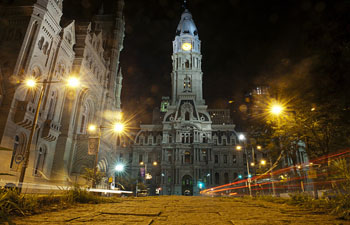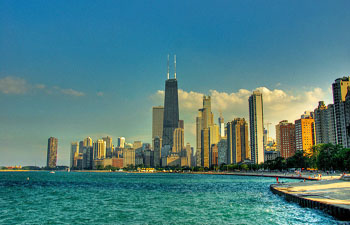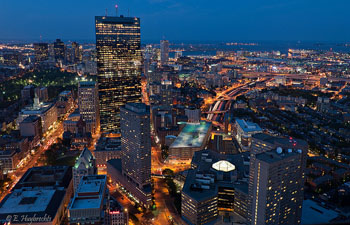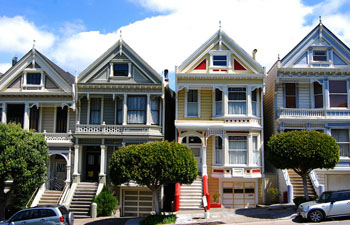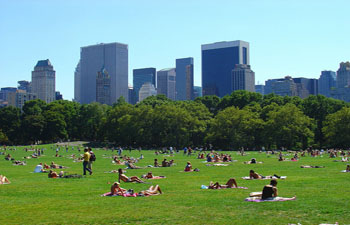Following the trend on "The most walkable" cities in the US and Brazil, I saw this today and decided to share.
No surprise for us, Florida is the most Dangerous place to drive in the US. We found out the hard way when we lived in Hollywood and later in Tampa, it's no joke, aggressive drivers at it's worse. Not to mention it is the least friendly place for pedestrians. I am not joking, we had cars speeding up to shoo us out of the way inside Grocery store's parking lot's marked crossing lanes. I almost got ran over more than once, freaking animals I tell you.
One surprise to me was to find out Florida is dangerous because of retired New Yorkers, who never drove before, because their state has a great mass public transportation system. When they arrive in Florida, there are no options, these older folks are forced to learn how to drive at an advanced age and you have what you have, complete chaos.
Older New Yorkers learning how to drive among recently arrived immigrants. Many immigrants were probably riding a donkey a month before they washed into the Florida beaches looking for a better life. You are just not likely to see Florida like highways in the hills of Colombia or in and around Haiti or Cuba.
Most of these immigrants are not granted drivers licenses, and there is NO public transportation available, so they have no option but to buy that old used Buick and start driving along the New York grannies, the drunk Spring Breakers ( from all over the country ) and the tourists from all over the world who are used to different traffic rules and also people from countries without a driving tradition such as many places in Europe.
MAYHEM, pure and simple, a very combustible and dangerous situation.
After living and driving in UBBER civilized New England we were in for the shock or our life time. Not to mention the infamous Florida speed traps that are the lifeline of many dusty little southern towns ( entire budgets ) scared all over the sunshine state. D
Don't even get me started on the rednecks favorite past time, speed traps!!! UGH!!!
I have to say, Oklahoma caught me completely by surprise. I had no idea it's such a dangerous place to drive, people drive super fast in Oklahoma with the ever inviting wide open spaces. Besides that, the only thing that comes to my mind it's the generalized drinking and driving that I witnessed when I went to school in Oklahoma. But come on! That was 1989, and I was in High School. I just assumed all Americans drank themselves silly like that... :)
NO! You tell me, did people drink and drive like crazy in High School in your home states? Was that a sign of the 80's, or does it still happen?
I don't remember a large percentage of Irish last names in Oklahoma either...ok, just kidding... :)
Hey Sarah, do you have any idea why Oklahoma city and Tulsa would show such high fatality numbers? :)

The 14th-most dangerous driving city: Birmingham, Ala.
There are many ways one could gauge the danger of driving in a particular city, but this list uses the cities with the greatest number of vehicular deaths as a barometer of the danger level. U.S. cities with a population of 150,000 or more were up for consideration, using the most recent motor vehicle crash data available from the National Highway Traffic Safety Administration’s Fatality Analysis Reporting System and General Estimates System.
Here are the 15 cities that ranked the worst:
15. Oklahoma City, Okla.
Population: 551,789
Total fatality rate per 100,000 population: 13.41
Total fatalities: 74
Percentage of fatalities that were pedestrians: 13.5
14. Birmingham, Ala.
Population: 228,798
Total fatality rate per 100,000 population: 13.55
Total fatalities: 31
Percentage of fatalities that were pedestrians: 15.2
13. Tulsa, Okla.
Population: 385,635
Total fatality rate per 100,000 population: 14.00
Total fatalities: 54
Percentage of fatalities that were pedestrians: 18.5
12. St. Petersburg, Fla.
Population: 245,314
Total fatality rate per 100,000 population: 14.27
Total fatalities: 35
Percentage of fatalities that were pedestrians: 28.6
11. Jacksonville, Fla.
Population: 807,815
Total fatality rate per 100,000 population: 14.36
Total fatalities: 116
Percentage of fatalities that were pedestrians: 13.8
10. Lubbock, Texas
Population: 220,483
Total fatality rate per 100,000 population: 14.97
Total fatalities: 33
Percentage of fatalities that were pedestrians: 15.2
9. Memphis, Tenn.
Population: 669,651
Total fatality rate per 100,000 population: 15.08
Total fatalities: 101
Percentage of fatalities that were pedestrians: 11.9
8. Jackson, Miss.
Population: 173,861
Total fatality rate per 100,000 population: 15.53
Total fatalities: 27
Percentage of fatalities that were pedestrians: 18.5
7. Chattanooga, Tenn.
Population: 170,880
Total fatality rate per 100,000 population: 16.39
Total fatalities: 28
Percentage of fatalities that were pedestrians: 17.9
6. Salt Lake City, Utah
Population: 181,698
Total fatality rate per 100,000 population: 16.51
Total fatalities: 30
Percentage of fatalities that were pedestrians: 26.7
5. San Bernardino, Calif.
Population: 198,580
Total fatality rate per 100,000 population: 17.12
Total fatalities: 38
Percentage of fatalities that were pedestrians: 15.8
4. Little Rock, Ark.
Population: 189,515
Total fatality rate per 100,000 population: 17.94
Total fatalities: 34
Percentage of fatalities that were pedestrians: 26.5
3. Augusta-Richmond Co., Ga.
Population: 194,149
Total fatality rate per 100,000 population: 19.57
Total fatalities: 38
Percentage of fatalities that were pedestrians: 15.8
2. Orlando, Fla.
Population: 230,519
Total fatality rate per 100,000 population: 19.95
Total fatalities: 46
Percentage of fatalities that were pedestrians: 10.9

The most dangerous city to drive in: Fort Lauderdale, Fla.
1. Fort Lauderdale, Fla.
Population: 183,126
Total fatality rate per 100,000 population: 22.39
Total fatalities: 41
Percentage of fatalities that were pedestrians: 24.4
On the safer end of the spectrum, here are the 10 cities with the least fatalities per 100,000 population:
Arlington CDP (census designated place), Va. (0.48)
Vancouver, Wash. (1.23)
Moreno Valley, Calif. (1.57)
Rochester, N.Y. (1.93)
Spokane, Wash. (1.98)
Lincoln, Neb. (1.99)
Aurora, Ill. (2.33)
St. Paul, Minn. (2.50)
Omaha, Neb. (2.51)
Jersey City, N.J. (2.90)

